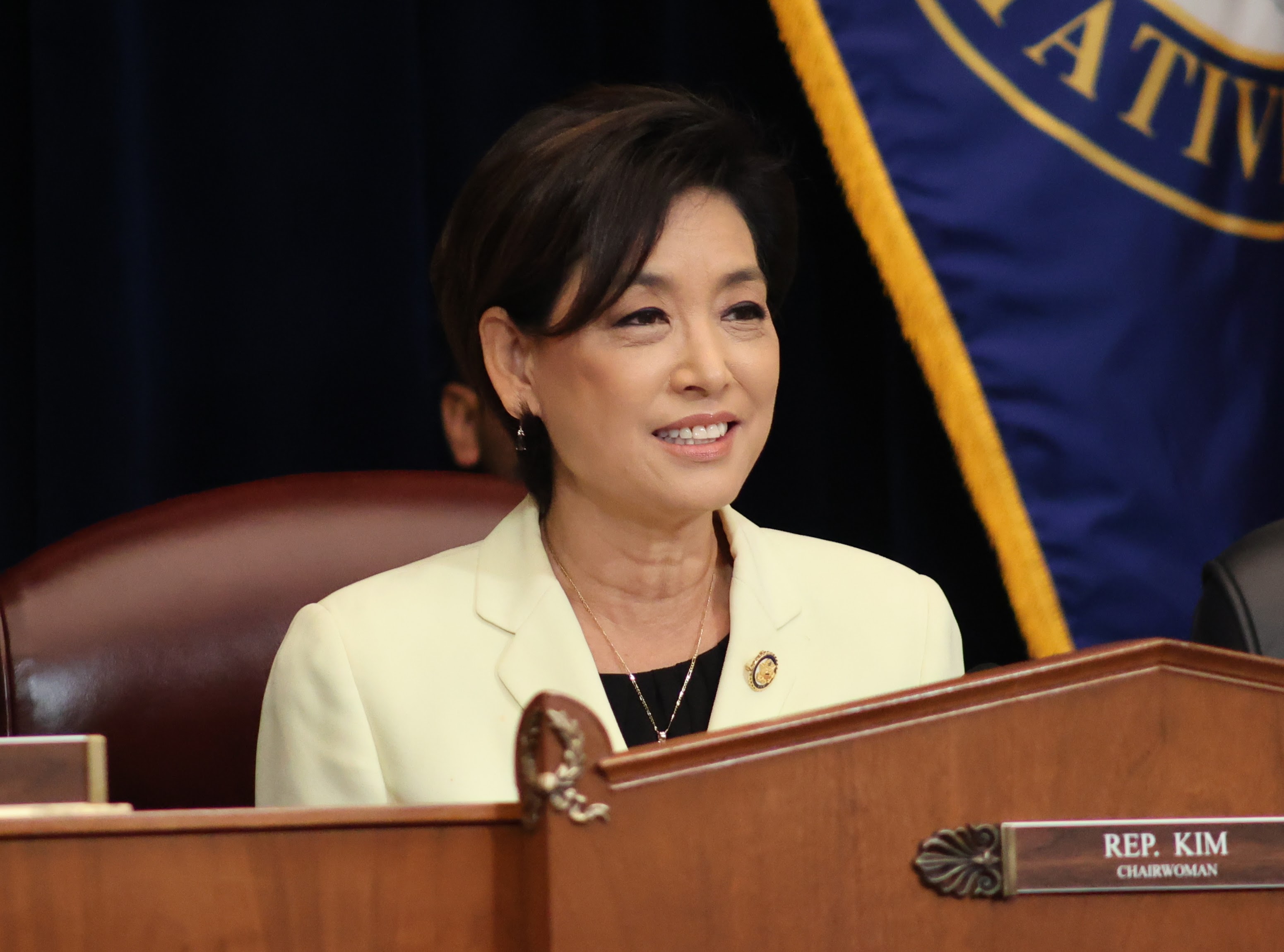Washington, DC – Today, House Foreign Affairs Subcommittee on East Asia & Pacific Chairwoman Young Kim (CA-40) delivered opening remarks at a subcommittee hearing titled, “Building Bridges, Countering Rivals: Strengthening U.S.-ASEAN Ties to Combat Chinese Influence.”
Watch her remarks HERE and read her opening statement below.
Welcome to the East Asia and Pacific Subcommittee’s hearing titled, “Building Bridges, Countering Rivals: Strengthening U.S.-ASEAN Ties to Combat Chinese Influence.”
This hearing presents an opportunity for us to examine China’s growing footprint in ASEAN and to discuss ways the U.S. can counter it by strengthening cooperation across economic, security, diplomatic, and law enforcement sectors.
China has long prioritized Southeast Asia in its foreign policy, using diplomacy, infrastructure investment, and trade to entrench its influence.
In contrast, U.S. economic engagement has stumbled. Initiatives like the Trans-Pacific Partnership (TPP) and the Indo-Pacific Economic Framework for Prosperity (IPEF) aimed high but failed to deliver meaningful market access or address trade imbalances.
Despite our inability to engage economically, we continue to build robust relationships with countries like the Philippines, Vietnam, and Singapore. But, we too often underestimate ASEAN’s collective weight in our own Indo-Pacific strategy.
We need to ensure the U.S. has a genuinely responsive and effective strategy to remain the partner of choice in ASEAN and ask ourselves:
- Where have our past strategies in Southeast Asia fallen short?
- What legislative tools can strengthen our regional position?
- Are our frameworks aligned with ASEAN partner priorities?
Despite China’s reach, the U.S. is the preferred long-term partner of choice for many ASEAN countries. In the 2025 State of Southeast Asia survey, 52.3% favored the U.S. over China—recognizing our leadership in investment, security, innovation, and shared values.
On security, the U.S. has made real strides – expanding maritime security with the Philippines and partnering with other South China Sea nations on law enforcement, maritime safety, and capacity-building training, enhancing disaster response and maritime governance capabilities.
Economically, however, we’re underleveraged. While China remains ASEAN’s top trading partner, the region is a $4 trillion market with enormous potential—especially in critical minerals, regional trade, and development financing.
The threat of Chinese dominance isn’t going away. China is aggressively pursuing deals—over 100 secured this April with Vietnam, Malaysia, and Cambodia. These efforts reflect Beijing’s recognition of growing U.S. engagement, and its desire to blunt it.
We must show ASEAN partners that China’s promises rarely deliver lasting benefits. We also need a bold, whole-of-government strategy—one that affirms our leadership, reinforces our alliances, and upholds the sovereignty and rules-based order that underpins a free and open Indo-Pacific.
I look forward to hearing from our witnesses today. Their expertise will guide us in crafting stronger, smarter U.S. policy in Southeast Asia.




